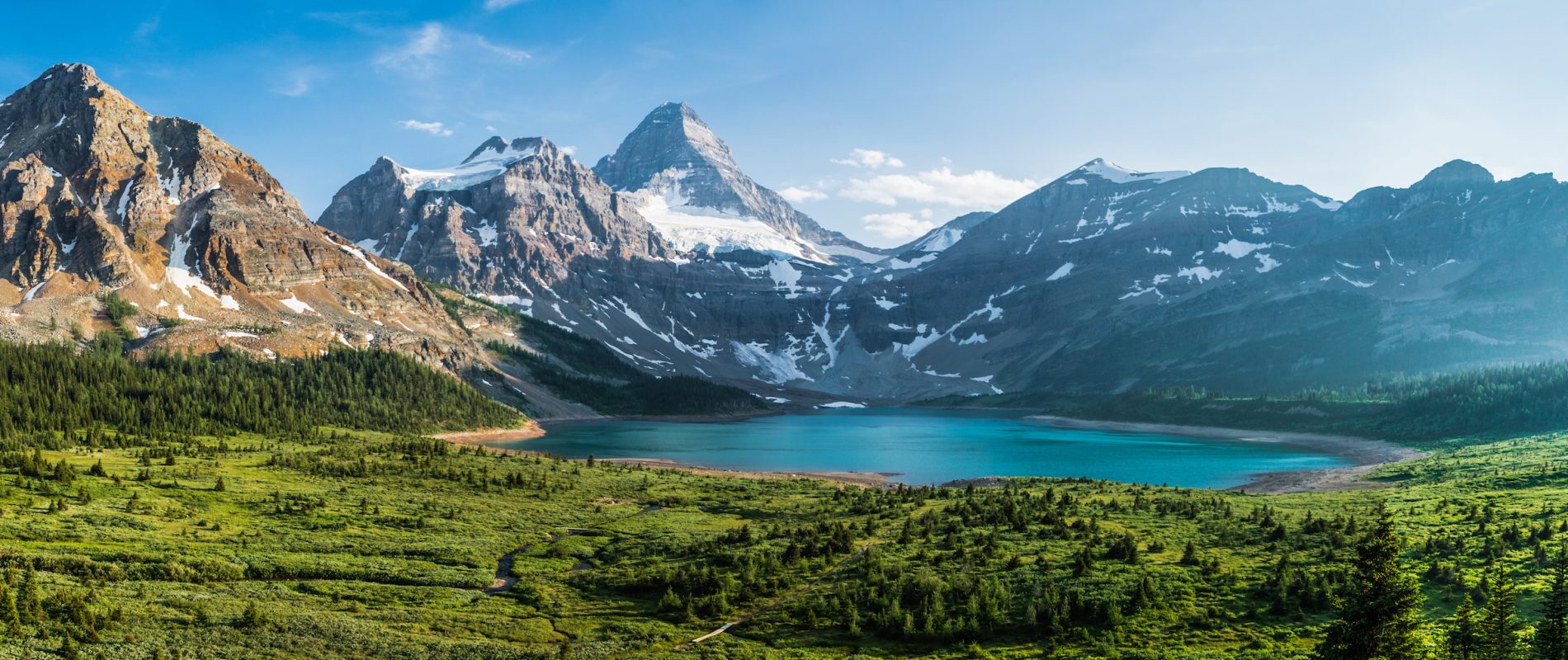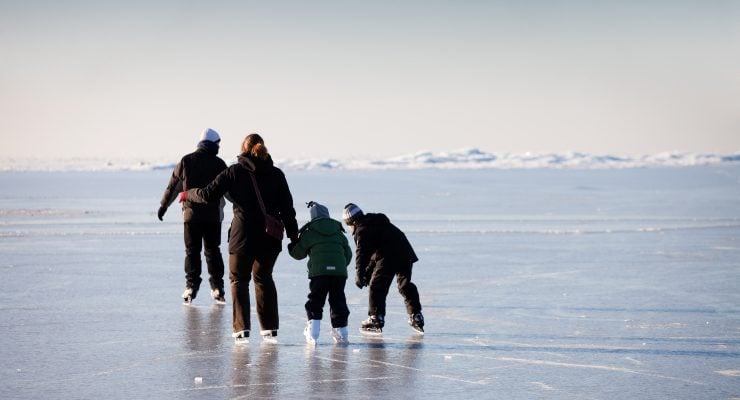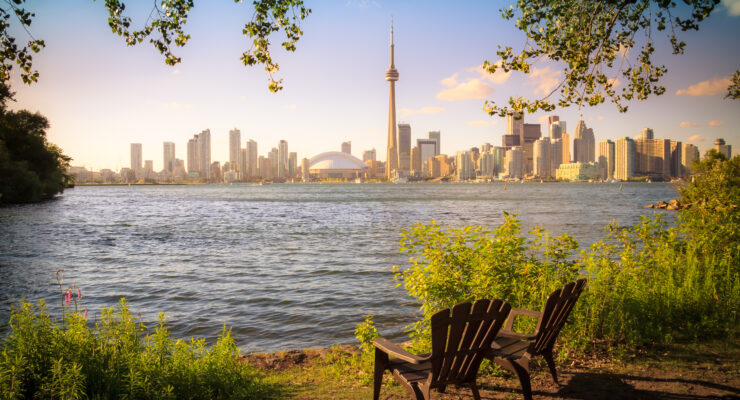Buying a car or van
Are you planning your trip around remote locations? Do you suspect that, like millions of Canadians, you might have to drive to work? In some situations, buying a vehicle will make your life easier. Don’t worry, the process is fairly straightforward as long as you go through it step by step.
Assessing your transportation needs
Those who are planning an urban WHP experience may not need a car. Montreal, Toronto and Vancouver are fairly walkable cities with a public transit network. If you work and live in the downtown core or in a close suburb, you can probably live a car-free life. Most large Canadian cities are connected so travelling between, let’s say, Montreal and Toronto, is easy. Besides, renting a vehicle for occasional getaways is always an option—there are plenty of rent-a-car companies as well as car-share services like Communauto.
However, buying a car will make life easier if you live far from your workplace, if you can’t rely on public transit because of your work schedule, if you’re committed to spending every weekend outside the city or if you want to explore rural and remote communities.
Car ownership is a responsibility with both upfront and hidden costs, so assess your transportation needs carefully. Compare renting vs. buying and research the price of gas, parking rates, insurance, etc.
If you’re still on the fence about freedom vs. a potential financial pitfall, take the time to discover your destination city and try out the local public transportation system to see if you really need a car.
The decision will be easier to make if you settle in a small town (e.g. a ski resort in the Rockies)—you’ll be trapped without access to a vehicle!
Anne, who road-tripped her way around Canada during her WHP, describes the kind of freedom a vehicle offers:
“I just have to insert the key into the ignition and start the car—that’s it. I don’t need anyone, I’m not waiting for anything. I go wherever I want, I do whatever I feel like doing. I don’t have to check the bus or the train schedule, I don’t have to drag luggage along, I don’t have to wait for cars to slow down and offer me a ride. I go by my own schedule and I’m completely free—free to stop because something grabbed my attention, free to leave and keep on travelling.
That’s basically why I chose to travel in a camper van. From Nova Scotia to Yukon, my vehicle offered me freedom and self-sufficiency, protection and security, shelter and a safe haven. It was my transportation, my house on wheels, my bedroom, my kitchen… To me, a camper van is the best way to discover a country independently, at your own pace, the way you want it to be. You can access remote communities or places without public transit. The camper van becomes your best travel mate!
I’ll always remember these three young French who were trying to hitchhike their way to Forillon National Park, a mere six kilometres from where they were standing. They had to wait a long time for a ride, and then they had to backtrack to catch the last bus back to town. So basically, they had travelled 6,000 kilometres from France, crossed the Atlantic Ocean, hitchhiked all the way to Gaspésie… and then they never got to see this stunning national park because they couldn’t find a way to travel the last six kilometres. Kind of a waste, isn’t it?
I’m telling you—a camper van is the ultimate freedom with zero pressure!”
Looking for a vehicle
- You can buy a used vehicle directly from the owner (e.g. through classifieds) or shop at a dealership. Either way, follow these tips:
- If you’re buying a second-hand car from an owner, it’s worth doing the CAA vehicle inspection to have the vehicle checked over. This is a crucial part of the buying process. The rules for inspection vary across Canada, but you might have to renew the standard safety certificate or a similar certificate that shows that the vehicle meets the minimum safety standards.
- Check the history of the car to make sure it wasn’t written off or stolen. The Vehicle Identification Number (VIN) is the car’s serial number. You will find the VIN (a combination of 17 letters and numbers) on the dashboard, on the door post on the driver’s side, service records and registration paperwork. Make sure it matches the vehicle registration paperwork and verify it with an independent third party (it’s a quick online check) before agreeing to buy the car.
Foreign and Canadian driver’s licences
Even with an International Driving Permit, you can only drive with your foreign licence for three to six months, depending on the province or territory. After that, you must exchange your driver’s licence for a driver’s licence issued by the province or territory where you live. The process is straightforward and fees range from $20 to $80.
Exchanging your driver’s licence for a Canadian document also facilitates the car insurance and registration process. Insurance companies would rather deal with a “Canadian” driver with a mailing address in Canada than a tourist with a foreign licence. The rate could be a bit cheaper. Finally, a Canadian driver’s licence is very useful piece of government-issued ID to book hotels, buy alcohol, etc.
To exchange your driver’s licence, you must go to one of the branches of the provincial/territorial body responsible for driver licensing, e.g. the MTO in Ontario, the SAAQ in Quebec, the ICBC in BC, etc. Except in Quebec, you won’t get to keep your foreign licence, you literally have to exchange it for a Canadian licence. Check the relevant authorities for more details on the process, it varies from one province to another.
Insurance and registration
Car insurance
If applicable, bring your foreign insurance contract to have your driving experience considered (especially if you have a spotless record!). You may get a better rate.
Shop around and compare quotes to find the best deal. The main providers are banks and credit unions, insurance companies and independent insurance brokers (who sell on behalf of multiple car insurance companies). The British Columbia, Manitoba and Saskatchewan governments run a public insurance system. Every resident in these provinces needs to purchase their basic car insurance from a Crown Corporation.
The only mandatory insurance coverage on vehicles is liability. You can also opt for collision insurance or comprehensive coverage (including theft, vandalism, etc.).
Many factors are considered when calculating insurance premiums—your car, age, driving record, location, etc. Don’t lie to your insurance company, but you may want to keep quiet about your plan to drive to Yukon and back… at least until you’re sure you’re going!
Vehicle registration
Once you have the car and insurance sorted out, you must register your vehicle with the provincial/territorial body responsible for licensing (i.e. where you exchanged your driver’s licence).
You must bring a proof of ownership and a proof of insurance and pay registration fees.
















 Français
Français English
English




0 comments
{{like.username}}
Loading...
Load more